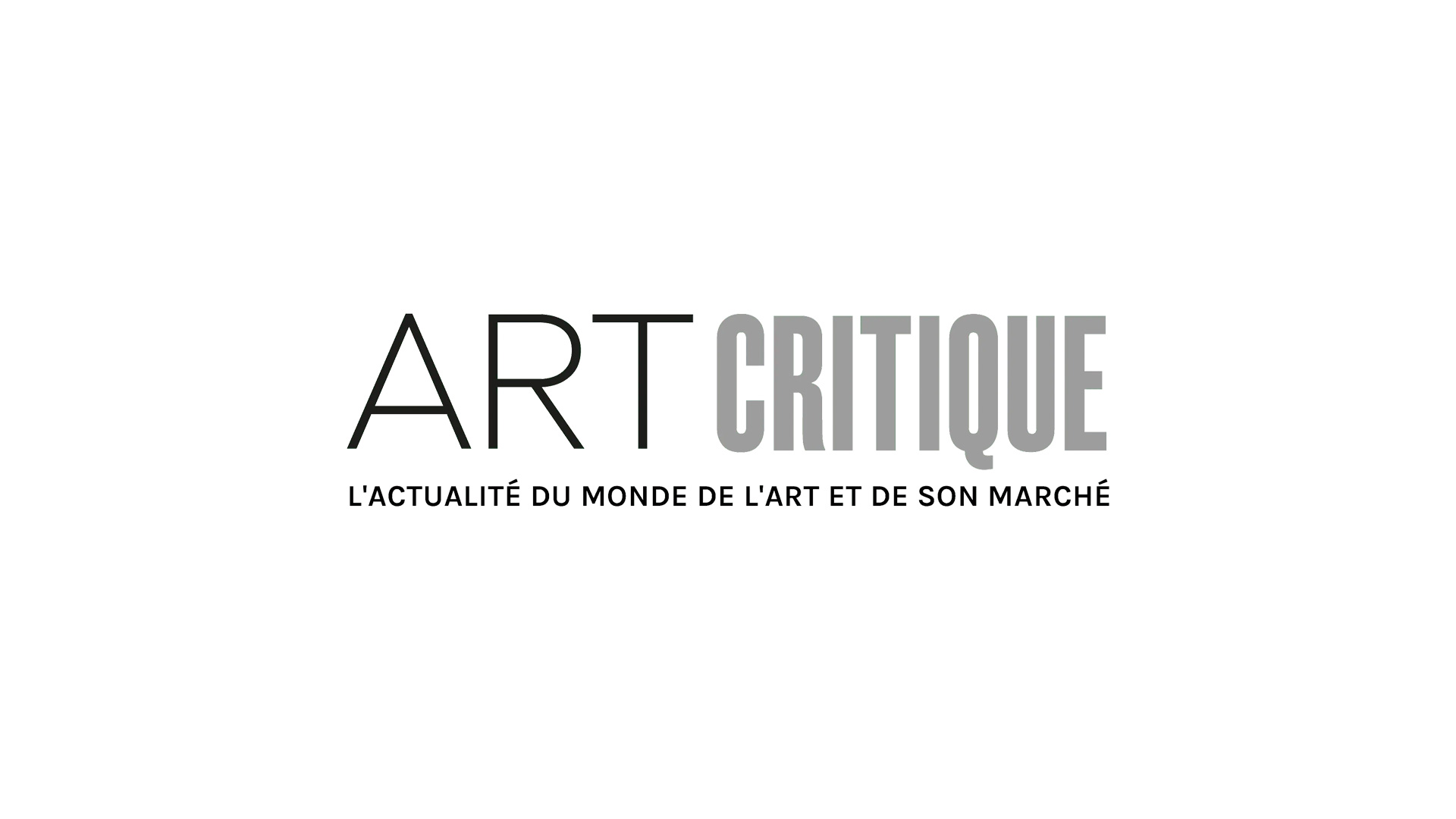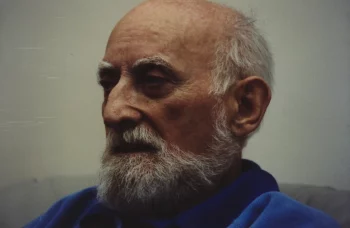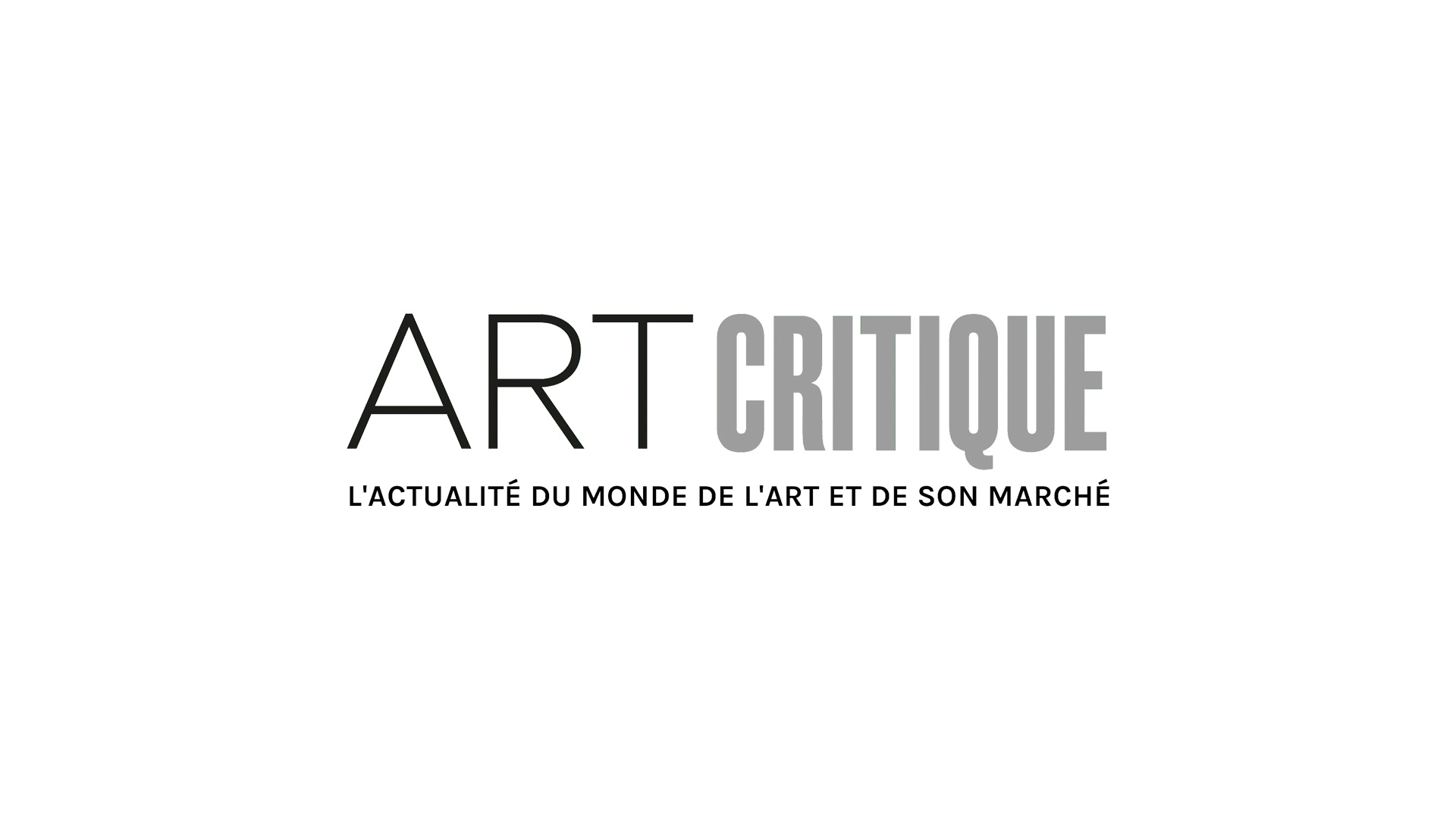Artificial intelligence usually gets a bad rap in the art world. In October, AI made headlines when Portrait of Edmund Belamy, a painting made completely by an algorithm, sold at auction for $432,500. AI has also impacted the museum world as augmented reality experiences have developed for educational purposes and unique exhibition experiences. MIT researchers, though, have new ideas for how to use AI in the art world. Through 3-D printing, RePaint, a developing technology from MIT Science and Artificial Intelligence laboratories, is working to more accurately reproduce artworks.
RePaint differs from traditional 2-D printing methods as it expands their usual four colours of layered ink to 10 colours. The technology chooses from the 10 transparent inks before stacking them in 3-D printed layers. When completed, the prints have a significantly greater range of colour. The ink is applied in manner that utilizes tiny dots, called half-toning, instead of a continuous field of colour. MIT researchers have dubbed this new 3-D application of pigments as ‘color-contoning,’ which, when used alongside the AI’s algorithms, can determine the best colour combinations to produce the most convincing results.
To perfect the science behind RePaint, researchers teamed up with artist Azadeh Asadi. Asadi created oil paintings specifically for the RePaint project to recreate. The 3-D printed reproductions were then judged to determine how accurately they reproduced the colours in Asadi’s paintings. Though RePaint’s copies were only the size of a business card, their colour reproduction was over four times more accurate when compared to existing state-of-the-art reproduction technologies. However, RePaint still sees room for improvement. For example, they are still having issues creating a hue similar to cobalt blue and they find reflections and texture particularly difficult to master. RePaint is, though, off to an incredible start.
According to a statement by Changil Kim, co-author of the MIT study, RePaint’s colour technology is far ahead of others as usual means of reproduction often look different under varying types of lighting. ‘Our system works under any lighting condition and shows a far greater color reproduction capability than almost any other previous work,’ says Kim. Though the technology is currently quite pricey, the team expects that when used on a larger 3-D printer, RePaint could reproduce artworks on a much larger scale.
The exciting thing about RePaint’s colour technology is the ways in which it could revolutionize art reproduction. The new technology could make more accurate copies of fragile artworks allowing originals to be better preserved while reproductions are shown in galleries. Or, stolen artworks, like Vermeer’s The Concert stolen in 1990, could once again be shown in real life through a printed copy. RePaint prints might also affect the art market as collectors may be more inclined to obtain copies as opposed to originals. Additionally, the technology could simply make beautiful, more accurate art reproductions for museum shops.





